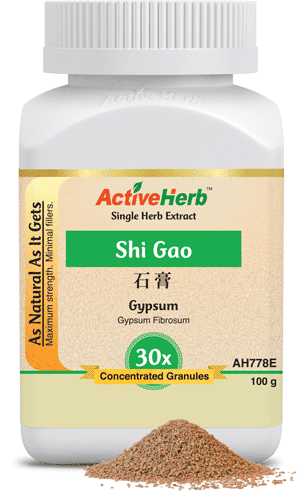Mystical Minerals: Unveiling the Elemental Secrets of Traditional Chinese Medicine
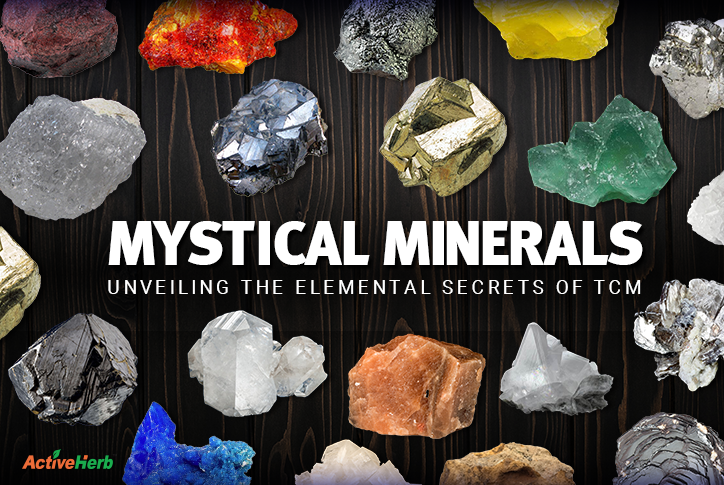
What’s in your TCM formulas?
Herbs, lots and lots of Chinese herbs, right?
Well, there’s a chance that one of your ActiveHerb.com formulas contains Earth-derived substances that don’t come from plants but rather minerals.
Yes, minerals.
While minerals have been added to multivitamins for nearly a century in the West, they have played a significant role in TCM for thousands of years.
Let’s meet the minerals that matter in TCM…
The History Of Minerals In TCM
According to research published in the journal China Geology, mineral medicine has been used in TCM for more than 2000 years. In the classic medical compendium, Shen Nong’s Materia Medica (compiled beginning in the third century B.C.E.), 46 kinds of mineral medicines are mentioned.
Completed approximately in the third century A.C.E., “The Treatise on Typhoid Miscellaneous Diseases” by Zhong-jing Zhang, lists 21 kinds of mineral medicines, with 58 different preparations containing minerals.
Then there’s the relatively new medical textbook on the block, the “Compendium of Materia Medica” of the Ming Dynasty (1368–1644), which lists 265 kinds of mineral medicines that accounted for 14% of medicines documented.
But let’s take a trip back in time that even predates the Shen Nong Materia Medica. The Chinese Classic Commentary on the Spring and Autumn Annals covers a nearly 250-year period from the eighth to fifth centuries B.C.E. The earliest surviving Chinese historical text to be arranged in annals form, it is traditionally believed to have been compiled by Confucius and is considered as one of the Five Classics of Chinese literature.
The Annals provides anecdotal evidence that the first acupuncture implements were derived from mineral-based needles (jade and other precious, mineral-rich stones).
What Are TCM Minerals Used For?
According to China Geology, minerals used in TCM are grouped into four distinct categories.
The first group is hemostatic minerals, which prevent excessive bleeding. In the West, the most common hemostatic minerals are Vitamin K, iron and calcium. In TCM, these minerals are used to curb bleed: Limonite, hematite, kaolinite, muscovite, chalcanthite, kalinite, cinnabar, calcite, and dolomite.
The next group of minerals eliminate Phlegm and diminish swelling: Pyrolusite, hematite, magnetite, cinnabar, pyrite, carnallite, fluorite, thenardite, and borax.
Minerals that may help kill harmful bacteria include: Realgar, orpiment, galena, arsenopyrite, kalinite, and sulfur.
Finally, the fourth category contains minerals that clear Heat and detoxify the body: Gypsum, thenardite, chalcanthite, borax, niter, calcite, hydrocerussite, halite, realgar, orpiment, cinnabar, etc.
Gypsum in TCM
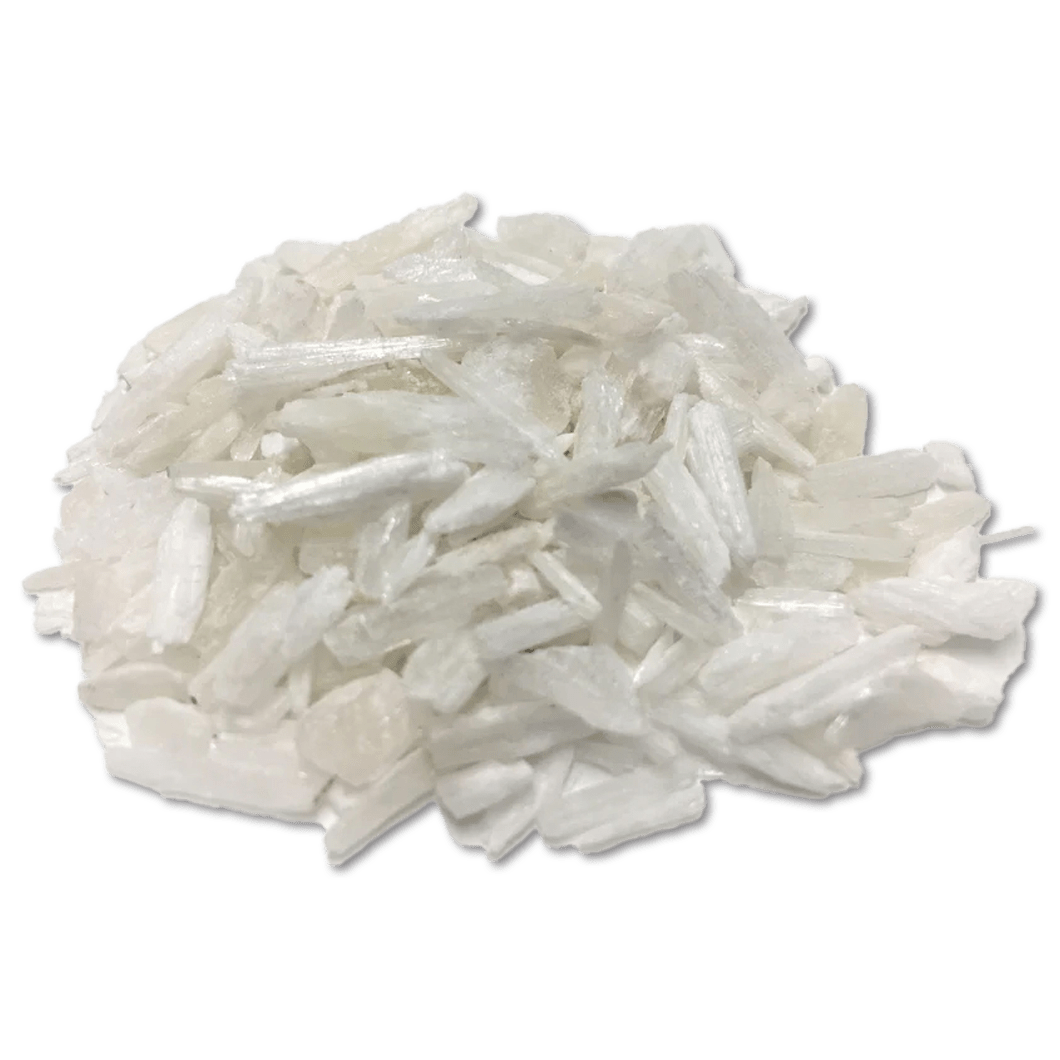
Out of all the minerals used in TCM, one of the most commonly used is Gypsum (Shi Gao). Gypsum is calcium sulfate. If you’ve ever walked across cool white sand, there’s a good chance it’s composed of gypsum, and its properties provide a clue as to what it’s used for in TCM.
As mentioned, gypsum clears excessive internal heat. In classical Chinese medicine, gypsum is used only when heat enters the Yang Ming stage. Not to be confused with Yao Ming, the Chinese-born ex-NBA star, Yang Ming describes when the heat becomes excessive and becomes trapped in the Stomach and Large Intestine meridians.
Yang Ming heat manifests as fever, excessive thirst, a heavy pulse, profuse sweating, constipation, dry mouth, and a red tongue with a thin yellow coating, along with irritability and a flushed face. When Yang Ming heat invades the Stomach meridian, headaches, and inflammation or infections in the oral cavity are often present.
Yang Ming zaps cooling, Yin energy. Therefore, you need a cooling mineral like Gypsum to clear the heat.
In addition, Gypsum can clear superficial heat (heat that has not penetrated the Wei Qi; the immune system of TCM) to resolve rashes.
ActiveHerb.com’s weight-management formula, Weitalite, based on an 800-year formulation, contains gypsum.
Magnetic Magnetite in TCM
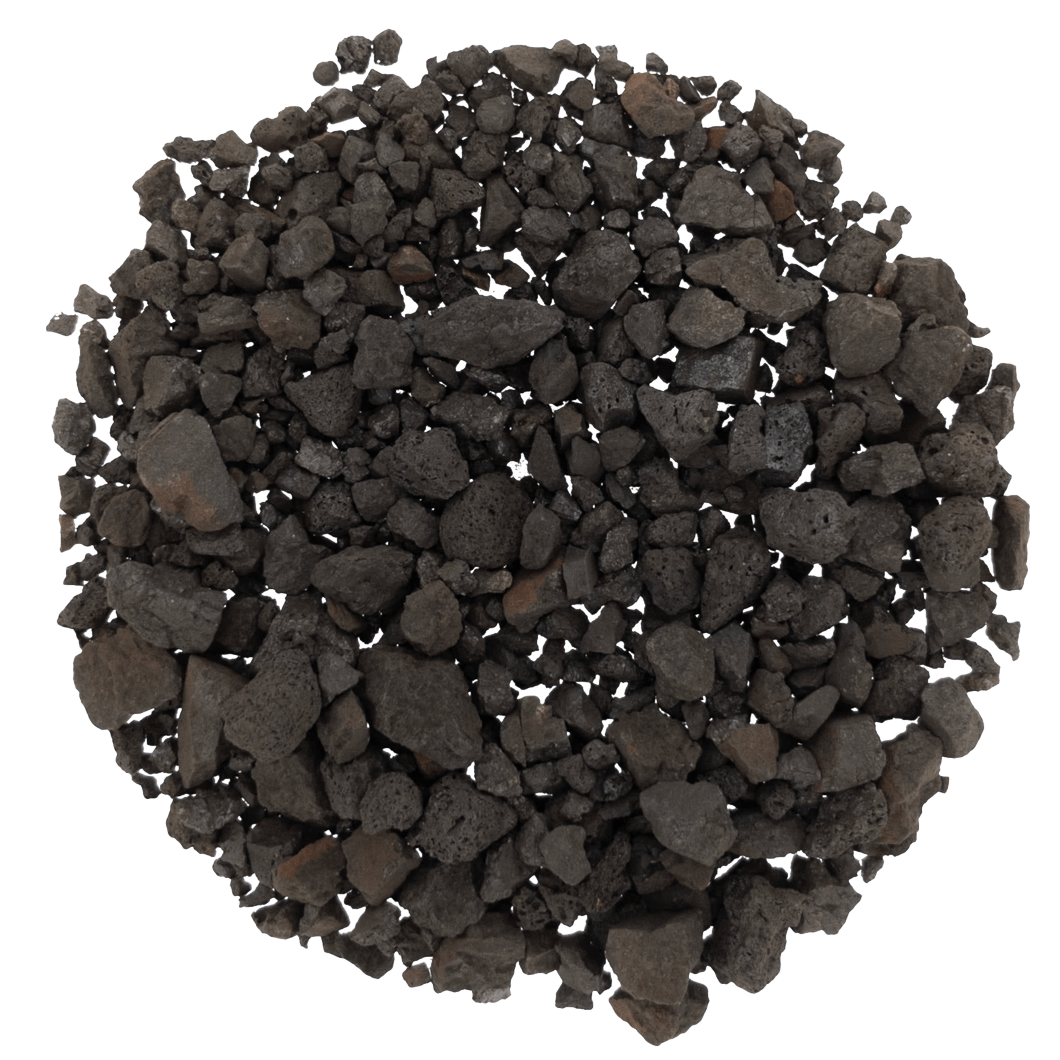
Magnetite (Ci Shi) is iron oxide and one of the most magnetic of all the naturally occurring minerals on Earth. In TCM applications, magnetite tonifies and invigorates the blood, which is why it’s often used to help support the menstrual cycle.
(You’ll find magnetite in ActiveHerb.com’s menstrual support formula, Menoplease. Magnetite is also featured in YinVive Hearing.)
Dragon Bone & Oyster Shells
Don’t be surprised if you see a non-plant-based ingredient in your TCM formula. There are over 4,000 naturally-occurring minerals on Earth and dozens of them are used in TCM formulas. In addition to gypsum and magnetite, you might also find dragon bone in your TCM product.
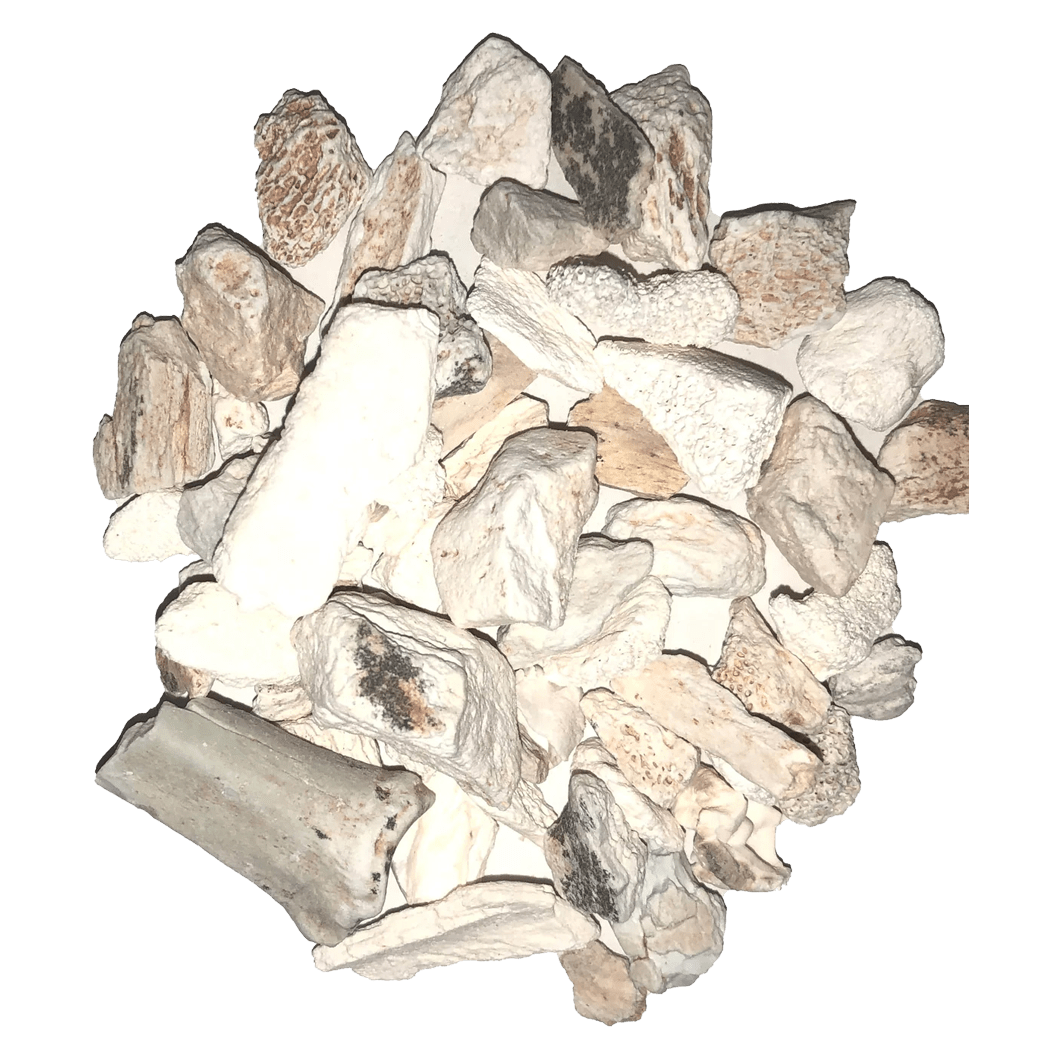
Dragon bone? Don’t worry; no real dragon bones are included. Rather, “Dragon Bone” is a herbal nickname for Long Gu, which also goes by another curious appellation: fossilized mammal bones.
Yes…real fossilized mammal bones? Why use the fossils of prehistoric animals (mastodon, deer and oxen)? Because they are rich in minerals such as calcium, potassium, sodium, and dozens of trace minerals.
In TCM, Long Gu is considered a tonic herb, and it brings balance to the Heart, Liver, Kidney and Large Intestine channels. One of its primary uses is to help the mind feel calmer, support occasional sleeplessness, and stop excessive sweating.
Support Your Mind During Stressful Times
Long Gu is featured in the semi-eponymous formula, Chai Hu Long Gu Mu Li Pian, otherwise known by the Guang Ci Tang trademarked NeuroSoothe. NeuroSoothe may support normal mental harmony even during times of stress. In addition to Long Gu, NeuroSoothe includes another mineral-rich ingredient, Mu Li (oyster shell), which anchors and subdues Liver Yang. Through this action, Long Gu and Mu Li help ease anger and irritability, leading to a more grounded spirit.
Conclusion
The first vitamin was isolated only a century ago, in 1926, and it wasn’t until 1932 that vitamin C was isolated. But for millennia, the ancient sages of TCM understood the health benefits of minerals. The use of minerals is one of the fascinating aspects of traditional medicine in the Far East.



